Did you know 75% of people never go down or to the next page of search page results? There is an insane competition on the first page of SERPs.
On-page SEO is the factor that gets your web pages to the top of Google search results. With time every element updates and Google guidelines change.
But on-page SEO is the only that does not change significantly. In 2011 Google released its SEO guidelines with several updates on site structure, link building, and the usage of anchor text.
Google with Panda, Hummingbird, and Helpful content together sets these standards to enhance user experience and authority.
Sometimes your website ranking boosts or drops even if you do nothing. That’s because of on-page SEO.
I am sure you came across this term already but to take it to full benefit and be able to become rank master you should know their essential aspects.
Here, is the comprehensive guide on every important factor and strategy of on-page SEO.
What is On-Page SEO?
On-page SEO is an SEO technique for optimizing web pages for ranking on the SERPs and attracting a relatively massive number of traffic.
These strategies apply to your webpage content only. It involves various factors title tags, meta description, H1-6 tags, internal links, etc.
In simple words, on-page SEO optimizes your web pages for both users and search engines. There are also some ranking factors that lie outside the web page including backlinks, social shares, and citations but they come under off-page SEO.
It might seem a small thing to you but hold on it is one of the factors responsible for both better and worse ranking results.
So it requires very close attention and both time and effort for successful on-page SEO. It’s a win-a-win situation that gives you long-term benefits for online visibility.
Why On-Page Is Important?
On-page SEO is easier to do than off-page SEO because you have direct control over their elements which leads to quick results.
While on-page SEO is crucial to ensure the visibility of your website. Many times when a beginner starts working on the website they miss the highly attentive factors of on-page SEO which leads to poor ranking.
To avoid the same mistake there are some important aspects that made on-page SEO the essential element.
Ensures that your content is relevant to search queries.
By optimizing on-page SEO factors you are able to create content that is highly relevant to search engine trends. It will help you to rise high on SERPs and get potential leads by having accurately crafted content.
Better click-through rates (CTR).
For sure other SEO techniques are also helpful in this but factors like title tags, and meta description for better readability and relevancy ultimately lead to higher click-through rates. This not only enhances the CTR but also entices users to click on links and stay on your site for a longer time.
It creates a base for continuous iteration.
When dealing with certain aspects like site structure everybody wants to create a platform that runs effortlessly. But for elements like H1 tags, title tags, and meta descriptions you might have to go back and tweak for better on-page SEO and user experience.
It helps you gain huge targeted traffic.
This is the noteworthy and main benefit of on-page SEO. If you want to gain substantial organic traffic you have to optimize every factor of on-page SEO effectively. Otherwise, it may also lead to low ranking and no traffic.
It helps your website to stand out in the insane competition.
If you pay attention to the important aspects of on-page SEO and optimize them effectively it gives you a significant competitive advantage.
By crafting site structure, and content and enhancing user experience with these techniques you can differentiate your website from competitors.
This ultimately leads to boosting brand awareness, and authority and building trust.
Elements of On-Page SEO:
Fundamentals of Meta Tags:
The first one is “Title tags” which refer to the main heading of your webpage that shows on search engine results.
They are the preview snippets that show the people and search engines what your content is about.
Make sure the length of the title tag is within 60 characters (ideal length 55-60 characters). Otherwise, Google truncates it.

If your title tag is not optimized Google will it with its own version. However, there is no surety that the rewritten version will work or not.
A study shows that 33.4% of the time Google rewrites the title tags. This image will make it more clear. (source Ahrefs)
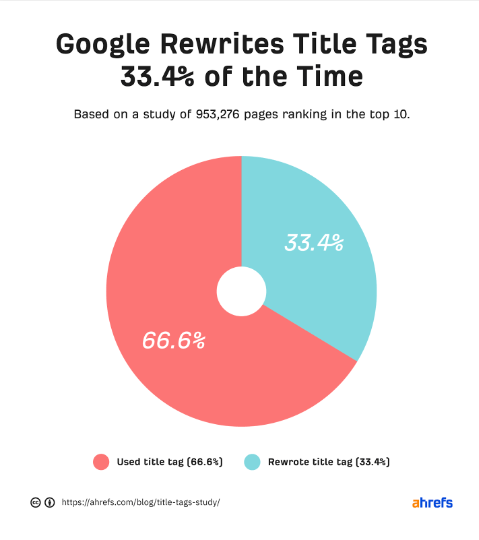
Meta Description: Meta description is the tag that usually appears below the title tag. It shows a short relevant summary of your web page content.
It is also an essential part of SERP snippets that drive clicks.
Generally, it can be of any length there is no hard and fast rule for this. But the most ideal length considered for meta description is between 155-160 characters.

If the length exceeds than 160 characters Google will automatically truncate or rewrite it. In most cases, Google rewrites about 62.78% of the time.

The significant disadvantage of Google’s rewritten description is it might not be optimized and drive significant traffic.
While crafting meta descriptions include only one or two keywords. Keyword stuffing leads to damage to your site ranking.
Concise and clear meta description attracts more visitors than intricate ones. Instead, of cramming the description with secondary keywords or latent semantic indexing of focus keywords try to make it informative and valuable.
For example, if you are writing a meta description and your main keyword is ” Kitchen Crockery”
“Find the top-quality kitchen crockery for your home. From stylish dinner sets to daily cookware, find everything in one place.”
In contrast, the description is loaded with keywords or ISL keywords.
Explore our extensive selection of kitchen crockery, including dinnerware, utensils, pots, pans, and cookware. Enhance your culinary experience with premium kitchenware, tableware, and dining essentials. Find the perfect ceramic dishes, porcelain plates, stainless steel pots, and non-stick pans to suit your cooking needs.”
Which one gives more value and entices users? Of course, the first one is more concise and has the potential to nudge people to take action.
Page Speed Optimization:
Site speed is the most significant factor of on-page SEO as Google’s algorithm shifts more toward the user experience.
Google considers it the most essential ranking factor. Fast-loading websites rank and index faster than slow-loading sites
A study shows that a delay of only 1 second leads to a 7% reduction in conversion. Of course, nobody wants to wait in this fast-paced world.
If your page takes time to load it leads to user dissatisfaction and lower conversion rates. Let’s see what does Google webmaster says about this.
Fast-loading websites make both search engines and users happy.
A statement by Webmaster Central Blogs emphasizes the importance of site speed making it the cornerstone of ranking.
At Google, we are striving to make the whole web faster. As part of that effort, we are launching a new-based tool in Google Lab, Page Speed Online which analyzes the performance of web pages and gives specific suggestions for making them faster. Page Speed Online is available from any browser and, at any time. This allows website owners to get immediate access to Page Speed performance suggestions so they can make their pages faster.
You can also use SEO tools (Google page speed insights, Ubersuggest) available online for better optimization of page speed.
Optimize Content for Massive Traffic:
Content is everywhere and is mainly responsible for driving traffic to your site. Without content, there are no means of any site.
There are some that you should pay attention to while creating content for your web page. Research for keywords of low competition and high search volume. Make a whole strategy for implementing those keywords.
Long-tail keywords drive relatively more traffic than short and specific keywords. People are most likely to search by long-term phrases for clear and concise results.
The average conversion rate of content having long-tail keywords is 36% and it drives massive traffic.
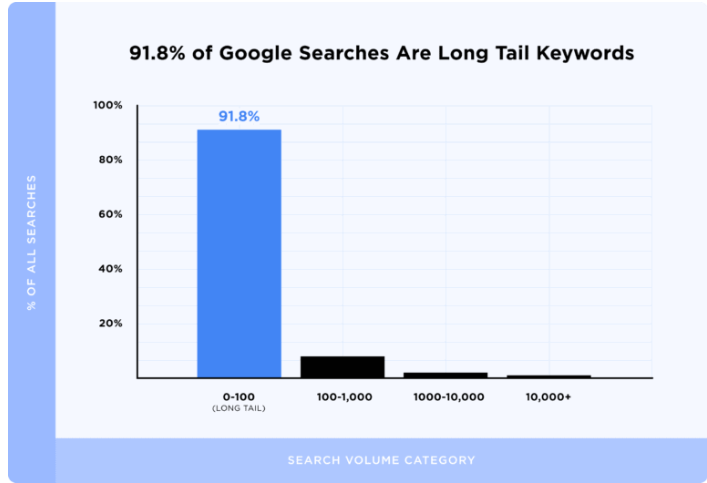
While creating content you have to make a balance between content and on-page SEO. You have to make content that is valuable, easy, in-depth, and solves the user’s problem.
People don’t want to read no matter how good your content is until they provide them value and solutions.
Search intent is another factor in content creation. Make content with a combination of transactional and commercial intent.
This makes your content suitable for influencer marketing. The most essential aspect is: “user experience”. Your content should be optimized for users as well as search engines.
It starts with relevancy in your content. Look up trends what people are most likely to search, what questions they ask, and what information they are looking for.
Try to answer all the relevant search queries in your content. This makes users happy and satisfied and entices them longer on your site.
This does not end here, after generating content you have to update it with time. Otherwise, it causes a lower site ranking.
Google always prioritizes updated fresh content. Delete the outdated information from your content. According to Amit Singhal, “different searches have different freshness needs.”
Does the length matter? Yes, the length of your content affects the ranking. If you are creating in-depth content it must be at least 2000 words with infographics, and visuals.
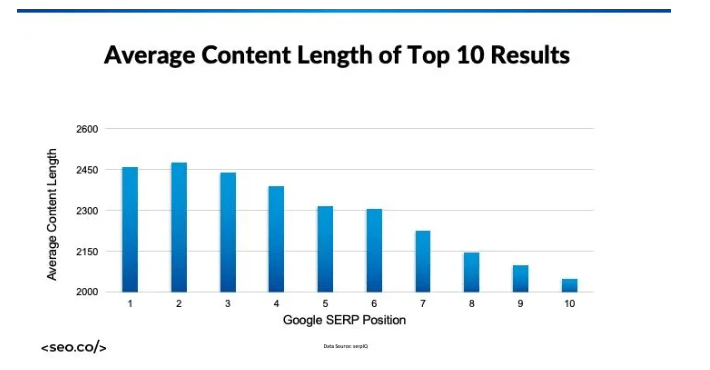
Today the generic or short-length content doesn’t work. And lastly, the key to success is being consistent and updated.
Internal Linking:
Linking your web page content with one another is the most easy and game-changing element.
It is the practice of creating a pathway for users and search engines to locate your web page content easily.
You might know the term Google index. It’s one of the factors responsible for your web presence. Without indexing your site cannot get rank.
To make it easier for Google spiders to crawl and index your site internal linking is crucial. They follow the links to find and crawl your content for indexing.
Google crawlers are so smart that they can find your web page’s hidden data. If there is any link that is broken Google Spider might stop there, and leads to poor performance of your site.
So when you link properly it is easier for people and crawlers to navigate updated and new content and rank them.
It has a positive impact on engagement metrics such as bounce rate, and time a person spends on site. Just think if your content is interesting and you provide additional relevant information by linking it ultimately entices users for a longer period.
URL Structure:
URL stands for “universal resource locator”. It is a unique address of your web page. Every web page of your site has a different URL and it’s important to optimize it for a search ranking algorithm.
As it provides the fundamental information about your site it’s crucial to pay attention to its aspects.
It gives valuable knowledge to search engines and users by utilizing real numbers rather than binary or IP addresses.
Now come to the length of the URL. Well, there is no standard set for URL length. You can make it long and short according to need.
However, most URLs on the first page of Google search results are between 50-100, and more concisely it should be 70 characters. The longer URL is truncated by Google automatically.
Brent Carnduff suggested for better optimization of the URL it should consist of 3-5 words separated by a hyphen(-) and underscore(_).
The best way to find the right URL structure is to analyze the competitor sites. For example, let’s look at the URL of Neil Patel’s blog.

Another example of the URL Structure of HubSpot.

They are different from one another. One contains the main keyword with category and modifier and the other one just consists of 2-3 words.
Make your URL unique and valuable. It must contain valuable information relevant to your web page content. It’s not something that interprets your content.
Just make it simple concise and clear. Branded URLs are likely to get 39% more clicks than generic URLs. However, both do well in optimizing in the right way.
Mobile Friendliness:
Box Office Mojo and eBay lost their ranking significantly due to the sudden attack of Google Panda guidelines.
In 2018 Google adopted “mobile-first indexing“. This means now Google primarily indexed or ranked websites on the base of mobile optimization.
Let’s say your desktop version of the website is flawless and running great but it struggles to get rank if it is not optimized for mobile.
Google Panda sets proper guidelines for websites to optimize them for mobile users because over 60% of traffic is generated by mobile phones. Also, it is more predictable that the future is mobile-centric.
Google takes this matter more seriously than ever. If your site is not mobile-friendly and causes problems for users it ultimately goes dinged in search ranking.
A list of authority sites that are affected by this update.
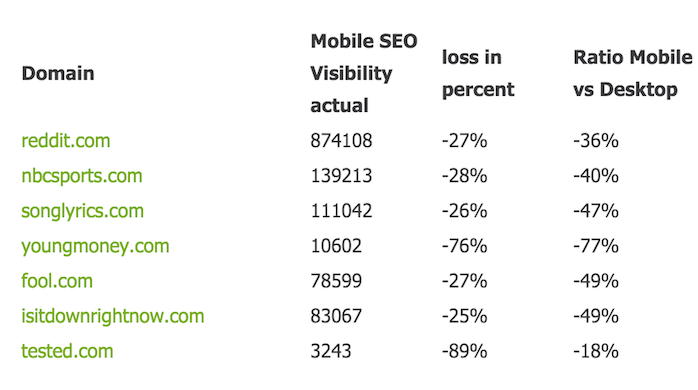
If you don’t know whether your site is mobile-friendly or not. You can check it through various tools. You just need to enter your site URL and start testing.
Optimize the layout and site structure to ensure a flawless version on mobile screens. Check the speeds of visuals (images, videos, and infographics). You can also utilize the Google Accelerated Mobile Page (AMP) for loading speed enhancement.
Featured Snippets (Directly Answer):
Feature snippets are the display previews on the top of search engine page results. For example, whenever you search for something a block of information appears on the top that usually answers your query directly.
It is a combination of concise, clear, and brief descriptions with the site link, title, and thumbnail image.
The position where it appears is called the “Zero Position”. Feature snippets are of many types.
List SnnipetO

Short Paragraph(Definition).

Table Type Snippet.

Unordered List.
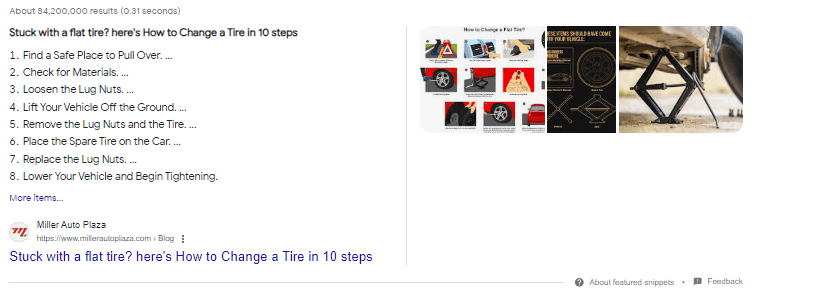
Snippet containing video.
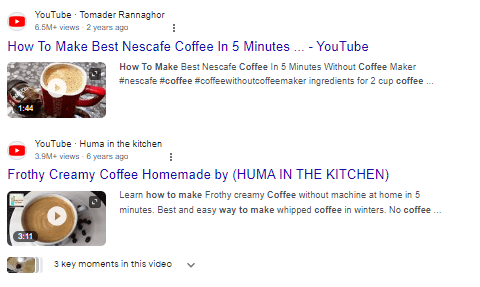
The format of the snippet matters a lot for ranking. It should be clear and concise content with a limit of 40-50 words. If you have specific tables, and lists of data incorporate them in one place making it easy for Google and users.
Voice Search Optimization:
1 billion voice searches are conducted every month. As the number of people using voice search assistants Siri, Alexa, and Google Assistant increases you must pay attention to it.
Otherwise, you might lose ranking. The voice searches are different from the text base. People are likely to speak long phrases like “Hey, Alexa. Can you show me the recipe for cold coffee”. It’s like talking to real people and having some light conversation.
There are some tactics to optimize your web content for voice search.
Start searching for keywords. As is said people use long phrases so try to find long-tail keywords with specific queries.
For example, “How can I write an article in 60 minutes”.
Half of the search queries start with questions like “how, when, what, why, and where”. Try to answer those queries in a concise and clear way.
Lastly, add conversational keywords to your list. As I said it is a two-way conversation pathway. For example, “How can I make expresso?”.
Analyze the factors like search volume, and pay-per-click rate of your selected keywords. Audit and optimize your web page content or feature snippet. About 50% of voice searches get information from snippets.
Make sure every element is optimized and provides value to both the user and the search engine.
Frequently Asked Questions of On-page SEO:
What is on-page SEO and why it is important?
On-page SEO is the practice of optimizing your web page for both users and search engines. If your site is not optimized it is less likely to get ranked on SERPs.
What are the most important factors of on-page SEO?
Generally, each factor of on-page SEO contributes significantly. But there are some essentials that require more attention.
- Site Speed
- Mobile Optimization
- Content
- Meta tags
- Internal links
- Keywords
What is the difference between on-page SEO and Off-page SEO?
On-page SEO refers to the strategies used to optimize your content within the web page. Like title tag, meta description, keywords, etc. On the other hand, off-page SEO refers to the techniques applied outside the webpage to boost its search engine ranking.
Conclusion of On-Page SEO Guide:
SEO is not an easy task. It’s a headache but only for those who don’t know the basics and tactics of SEO.
At the start, I also didn’t know how to do it and it took me almost 10 years to learn these things. But you don’t need to worry I try my best to add all the tiny details in this guide.
It’s not a one-time process. You have to continuously update or optimize your site according to changing trends and search algorithms.
But I am sure once you master the basics of SEO it will just take a few minutes to do it.
I hope this guide will help you a lot in your SEO journey and by implementing it you drive significant results.
Btw have you executed any of the above techniques before? If that so what were your results?
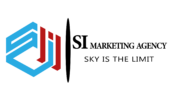
Pingback: Title Tag Optimization:11 Best Practices & Mistakes to Avoid
Pingback: Technical SEO: What Is It & How To Do It In 2024